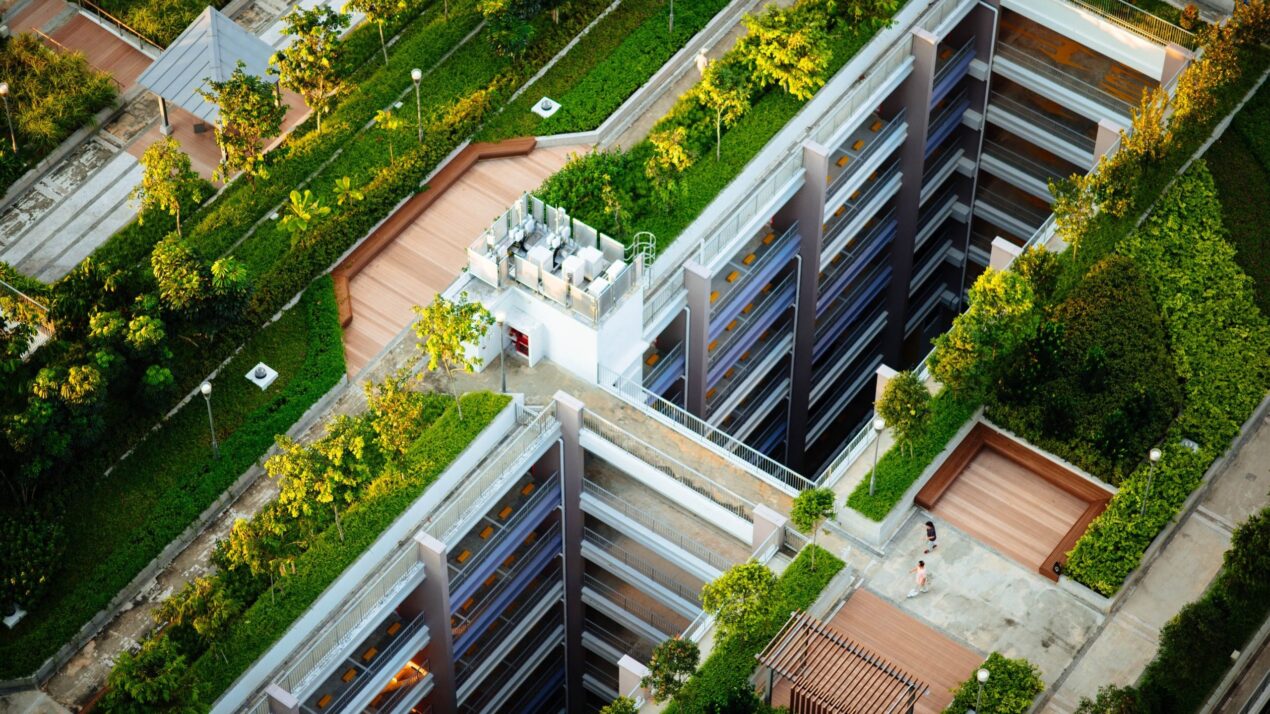
Energy efficient building codes
Incentive

Summary
Setting more energy efficient building energy codes can drive the implementation of cooling strategies. Mechanical cooling often makes up a large portion of total building energy use. Adoption of more energy efficient designs and technologies such as passive cooling and sensor systems to measure usage can reduce overall heat gain by reducing waste heat and minimize the building’s cooling load.
Implementation
Incentivize property owners and developments to meet more stringent (also known as “stretch”) energy codes through property tax rebates, expedited permitting, and technical training.
Considerations for Use
This intervention will have the greatest impact in geographies anticipating increasing or continued growth with new development. Governing authorities without sufficient capacity or authority to adopt regulations could consider voluntary requirements. Energy efficient building codes are particularly impactful in hot and humid climates where mechanical cooling makes up a significant portion of energy costs.
Overview
Climate:
Cold, Hot/Dry, Hot/Humid, TemperatePolicy Levers:
IncentiveFinancial and non-financial incentives to encourage stakeholders to implement heat risk reduction and preparedness solutions, including rebates, tax credits, expedited permitting, development/zoning bonuses, and more.Trigger Points:
City planning processesIncludes city initiatives such as the development of climate action plan, pathway to zero-energy, master plan, transit plan, energy mapping etc.Introducing new or updated zoning/codesIncludes codes, zoning requirements or by-laws pertaining to urban planning and building construction activity.No-regrets actions (low cost/low effort but substantial benefit)Interventions that are relatively low-cost and low effort (in terms of requisite dependencies) but have substantial environmental and/or social benefits.Intervention Types:
Buildings and Built FormSectors:
Buildings, Public Works
Case Studies
Impact
Target Beneficiaries:
Heat-vulnerable communities, ResidentsPhase of Impact:
Risk reduction and mitigationMetrics:
Change in energy consumption, Energy savings, Number of complying buildings
Implementation
Intervention Scale:
CityAuthority and Governance:
City governmentImplementation Timeline:
Short-term (1-2 Years)Implementation Stakeholders:
City government, Private developers, Property owners and managersFunding Sources:
Public investmentCapacity to Act:
High, MediumBenefits
Cost-Benefit:
LowPublic Good:
N/AGHG Reduction:
MediumCo-benefits (Climate/Environmental):
Reduce greenhouse gas emissionsCo-benefits (Social/Economic):
Save on utilities
